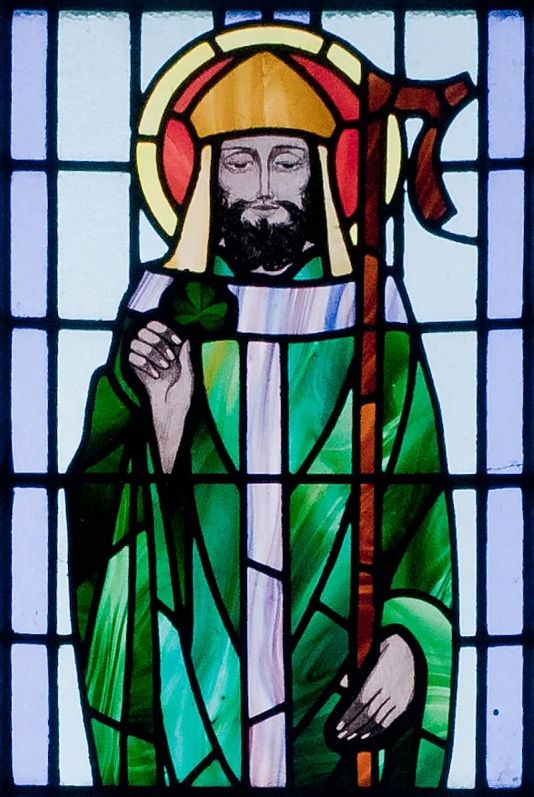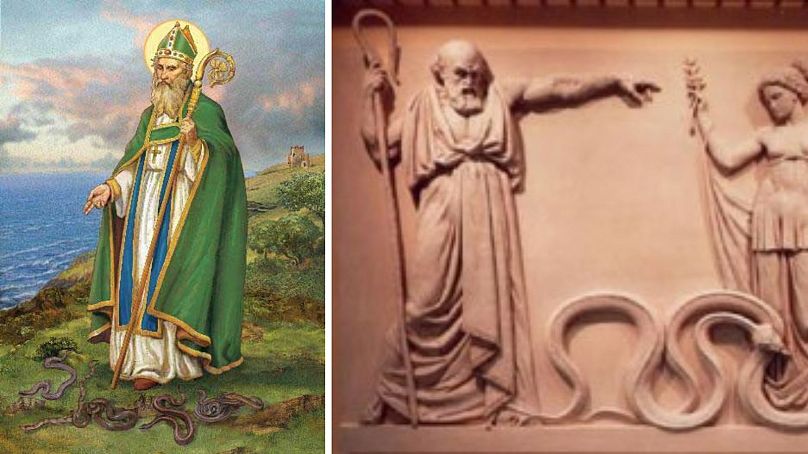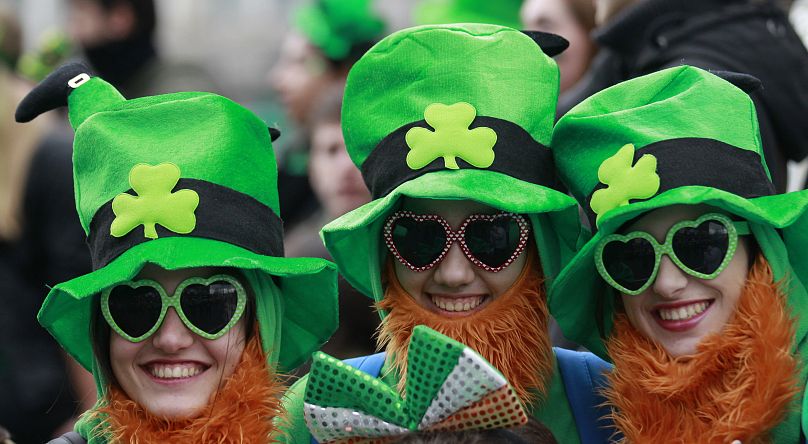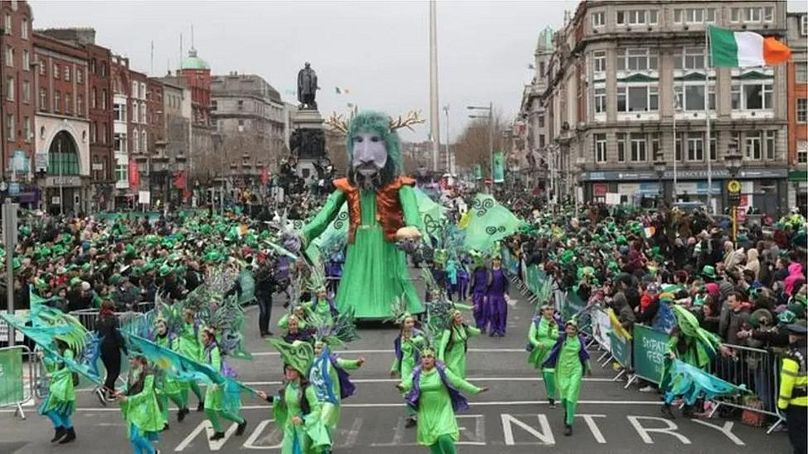St. Patrick’s Day: Seven things you didn't know about the patron saint of Ireland

For more than 1000 years, St. Patrick’s Day has been celebrated in Ireland every year on 17 March.
Over the years, the religious holiday commemorating the death of Saint Patrick, the patron saint of Ireland, has metamorphosed into a day of celebrating Irish culture through parades, music, special foods, dances and a lot of green - the colour commonly associated with the saint.
Many symbols and legends associated with Ireland such as leprechauns and shamrocks come from Saint Patrick. Credited for bringing Christianity to the then-pagan Ireland, Saint Patrick used Celtic symbols such as leprechauns, believed to be meddlesome fairies, to connect the country to Christianity. Legend has it that he chose Shamrocks (three-leaved clovers) as a symbol of the Church and used its three leaves to explain the concept of the Holy Trinity to his followers.
Today, Saint Patrick’s Day is celebrated worldwide in more than 200 countries. It is a national holiday in the Republic of Ireland, Northern Ireland, the Canadian province of Newfoundland and Labrador, and the British overseas territory, Montserrat - both of which have inhabitants with Irish descent.
In the US, the Chicago river is dyed green annually on Saint Patrick’s Day using 40 pounds of dye (down from the original 100 to minimize environmental damage) and the river stays green for a few hours - down from the original duration of a week.
St. Patrick’s Day is also celebrated by the likes of Canada, Australia, New Zealand, United Kingdom, Argentina, especially by the Irish diaspora.
But who was Saint Patrick and why is he so famous?
Here are seven facts about St. Patrick you may not know:
1. Saint Patrick was not Irish
St. Patrick was born in Britain - not Ireland - in the late 4th century.
At age 16, he was kidnapped by Irish raiders who sold him as a slave to tend sheep. He escaped, went back to Britain, and took refuge at a monastery. Years later, he became a priest and travelled across Europe, studying Christianity for 16 years.
Eventually, he returned to Ireland to convert the then-pagan country to Christianity.
2. Saint Patrick’s colour was blue - NOT green
While today we associate St. Patrick – and everything Irish – with the colour green, the saint was originally depicted wearing blue robes. In fact, that particular shade of blue (known today as azure blue) was originally called “St. Patrick’s blue”.
Green became popular in the 18th century when discontent with English rule grew and the Irish independence movement started using the Shamrock (linked to St. Patrick) as a symbol of unity and resistance. The colour green became a symbol of sympathy with Irish independence.
However, today, azure blue - or rather, St. Patrick’s blue - remains Ireland's official heraldic colour.
3. His real name was not Patrick
St. Patrick’s original name was Maewyn Succat and he was born to Christian parents in Roman Britain.
His father was a deacon and his grandfather, a priest. But St. Patrick (according to his own account) was not religious as a child. He was renamed Patricus after becoming a priest which he then changed to Patrick upon his return to Ireland.
4. Saint Patrick drove the snakes out of Ireland
Popular legend has it that St. Patrick stood on a hilltop, Croagh Patrick (now an important site of pilgrimage in Ireland), and banished all the snakes from Ireland using a wooden staff. Over 100,000 people climb the holy mountain every year.
However, scientists say that the island nation was never home to any snakes.
The “banishing of the snakes”, however, could be true on a metaphorical level in the eradication of paganism from Ireland and the triumph of Christianity.
5. Saint Patrick's Day was originally a religious holiday, not a day to party
In 1903, Irish law declared St. Patrick’s Day as a day of religious observance.
Up until the 1970s, pubs were closed on 17 March as per Irish law.
In 1995, the Irish government began a national campaign to use St. Patrick’s Day to drive tourism into the country and display Irish culture to the world.
Today, it is celebrated as a day of drinking, feasting, and parades where many dress up as leprechauns.
6. St Patrick’s Day parades began in America - not Ireland
Although Saint Patrick’s Day has been celebrated for over a millennia in Ireland, the famous parades which have now become the heartbeat of the holiday festivities originally began in America in the 18th century by Irish immigrants.
The first definite St Patrick’s Day parade took place in 1737, in Boston, Massachusetts, but the modern-day parades we see today have their roots in a 1762 parade celebration in New York.
For disadvantaged Irish immigrants in America - forced to escape Ireland because of famine and unable to find jobs in America upon their arrival - Saint Patrick's Day became a source of pride and celebration, a way to connect to their Irish roots.
7. Nobody knows exactly where St. Patrick is buried
Although several sites identify themselves as St. Patrick’s burial place, no one knows exactly where the saint is buried.
Popularly-accepted locations include Down Cathedral in the town of Downpatrick in Northern Ireland, which is also the burial place for Ireland’s other saints, Brigid and Columba, as well as Saul. However, some state that St. Patrick may be buried in Glastonbury Abbey in England.
Today






